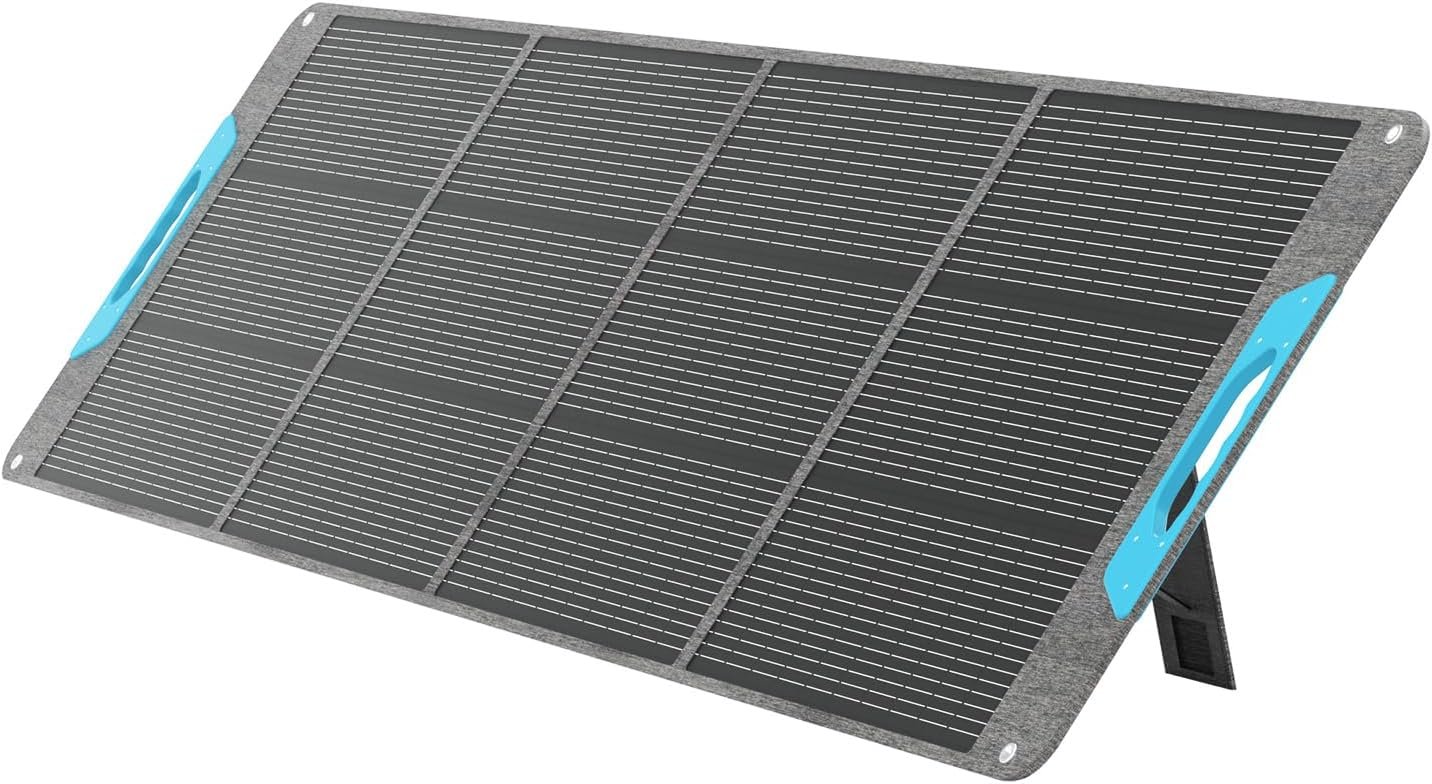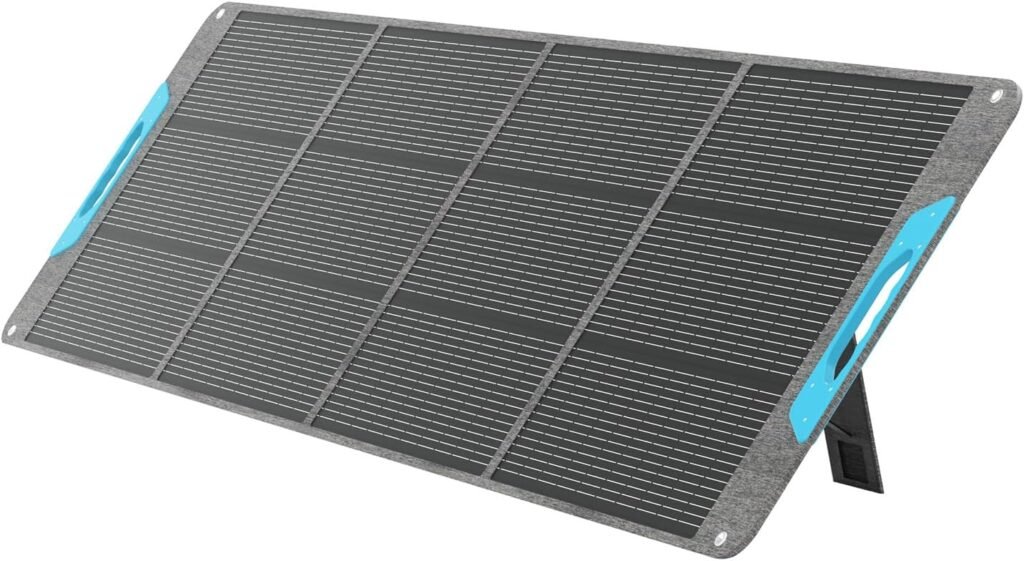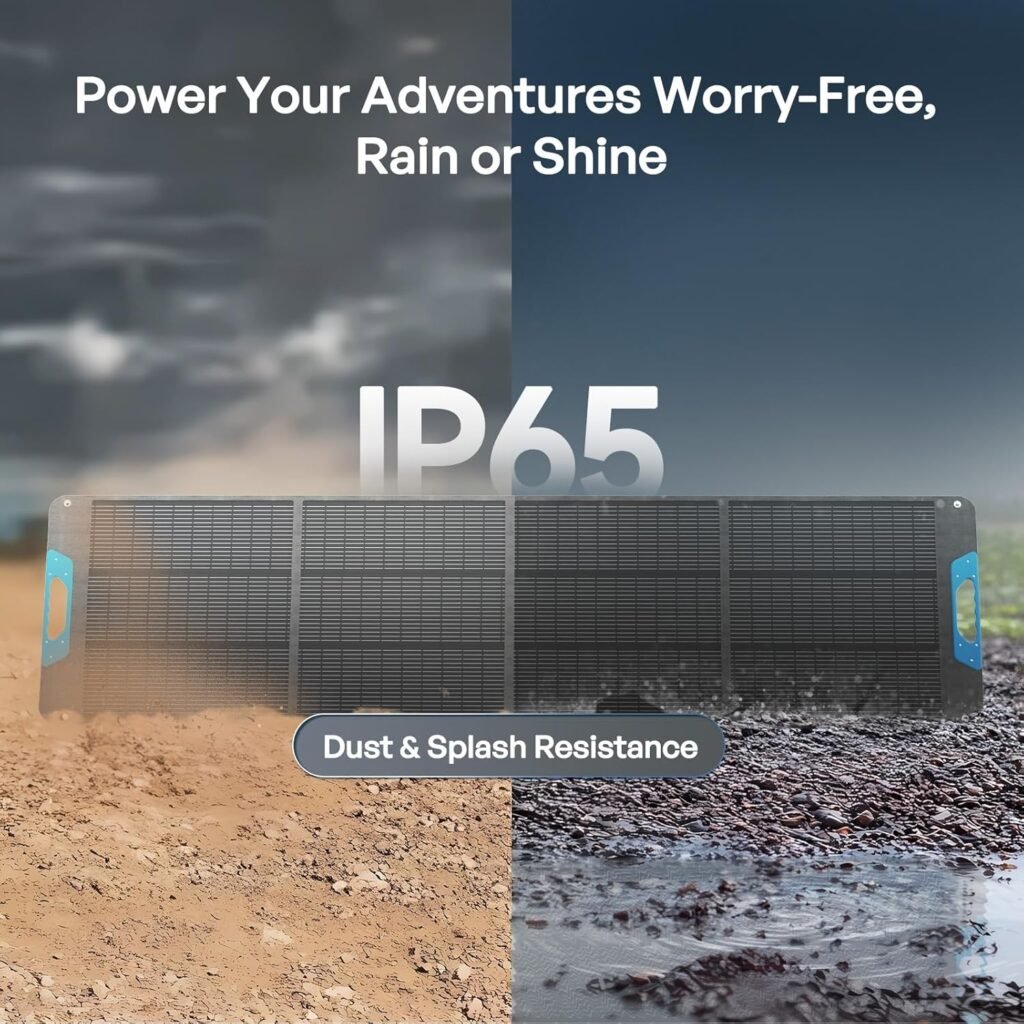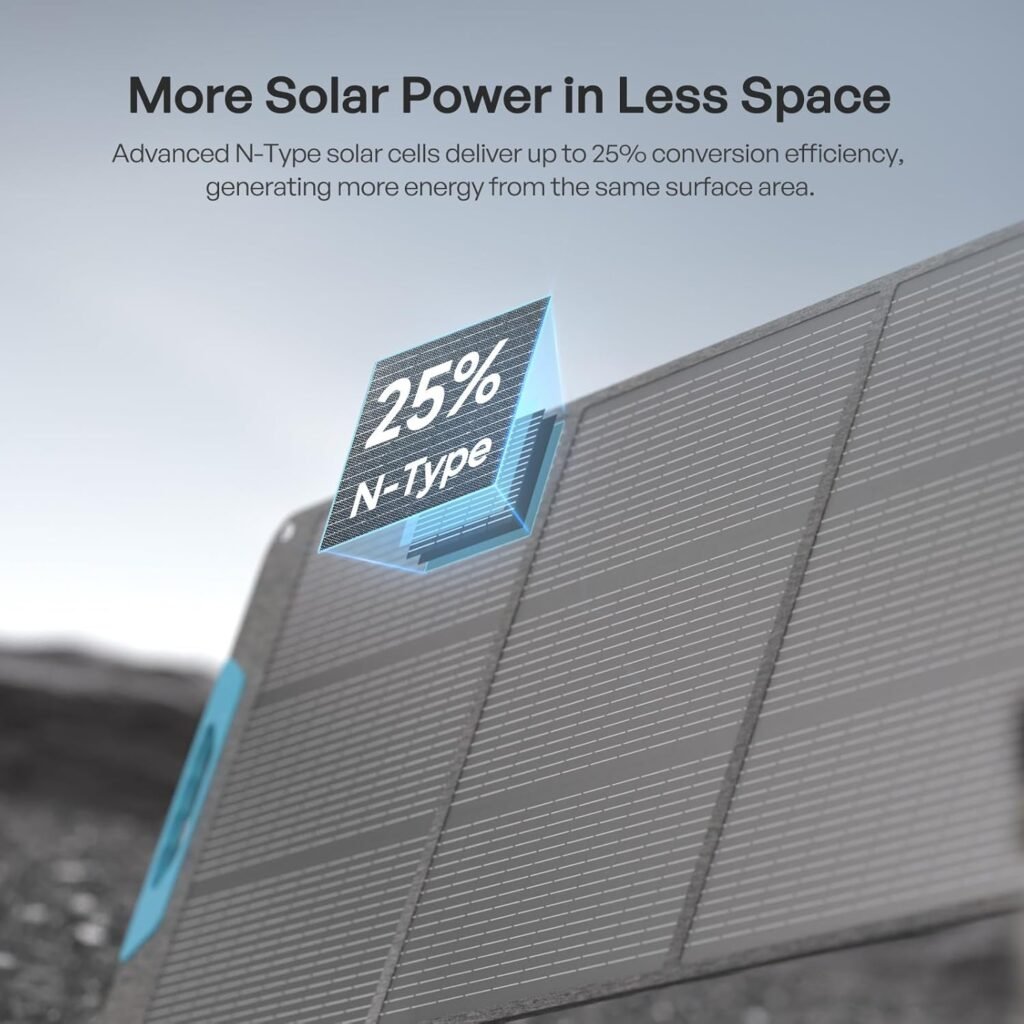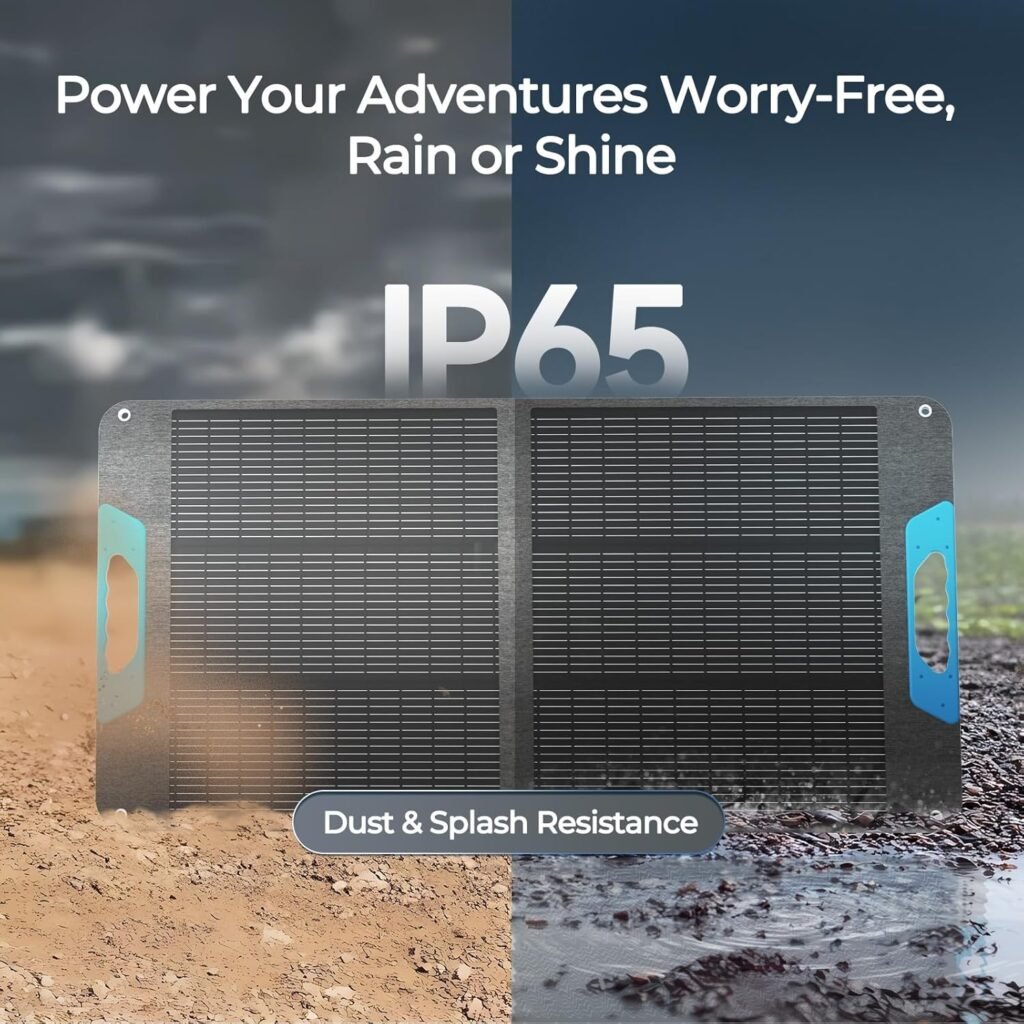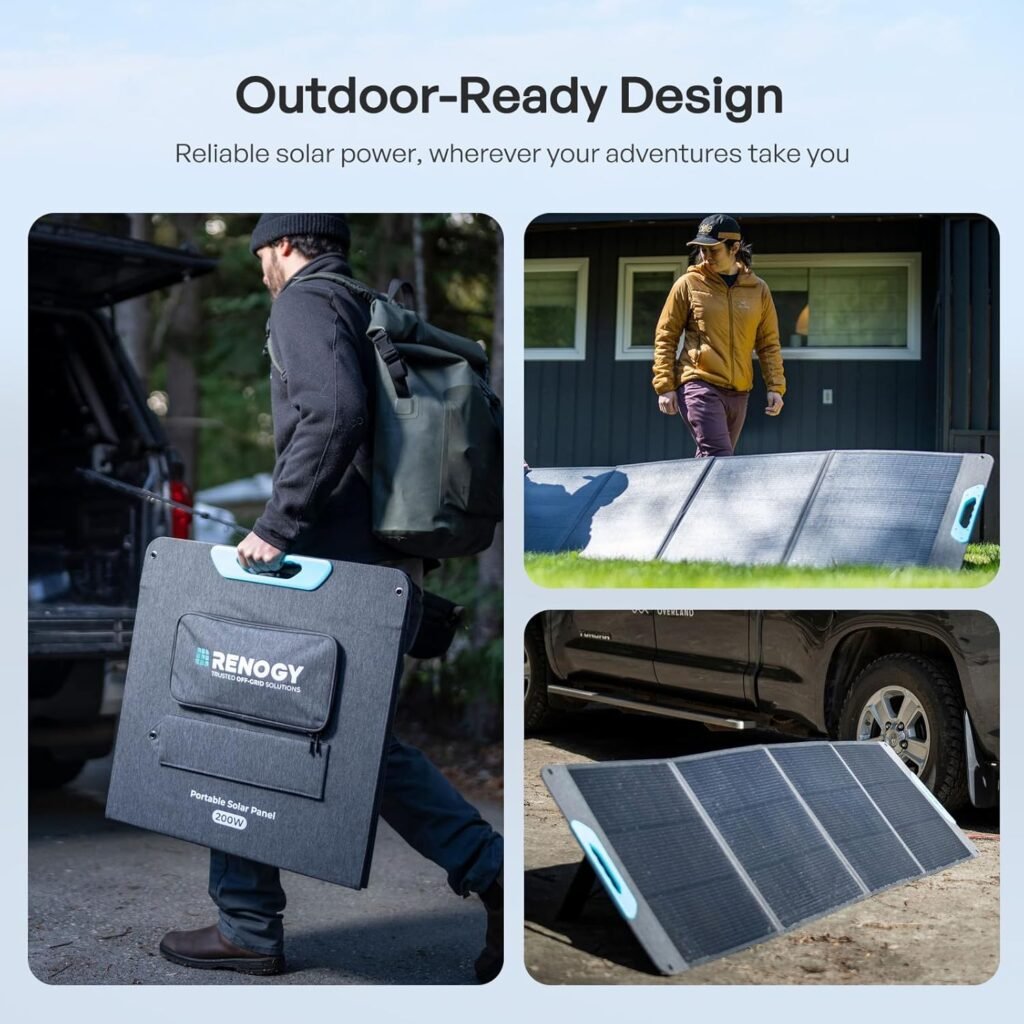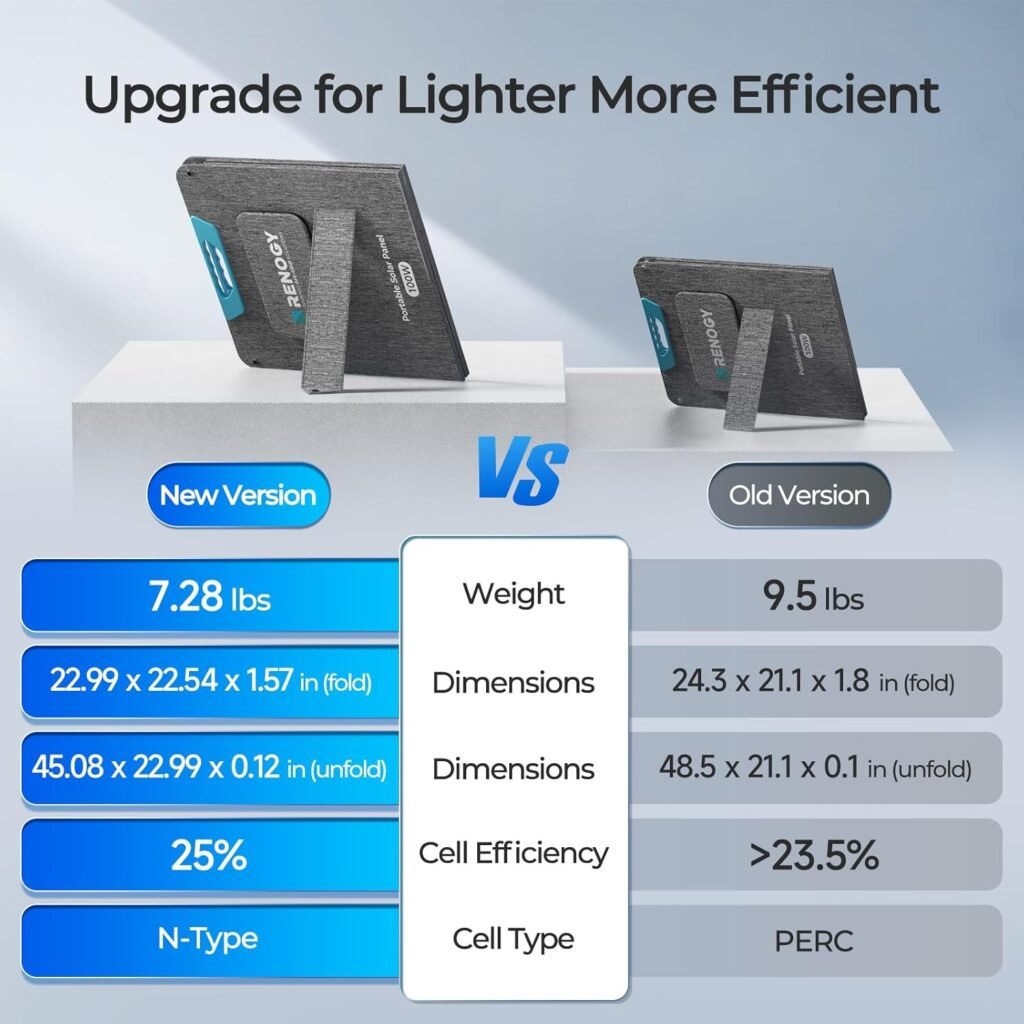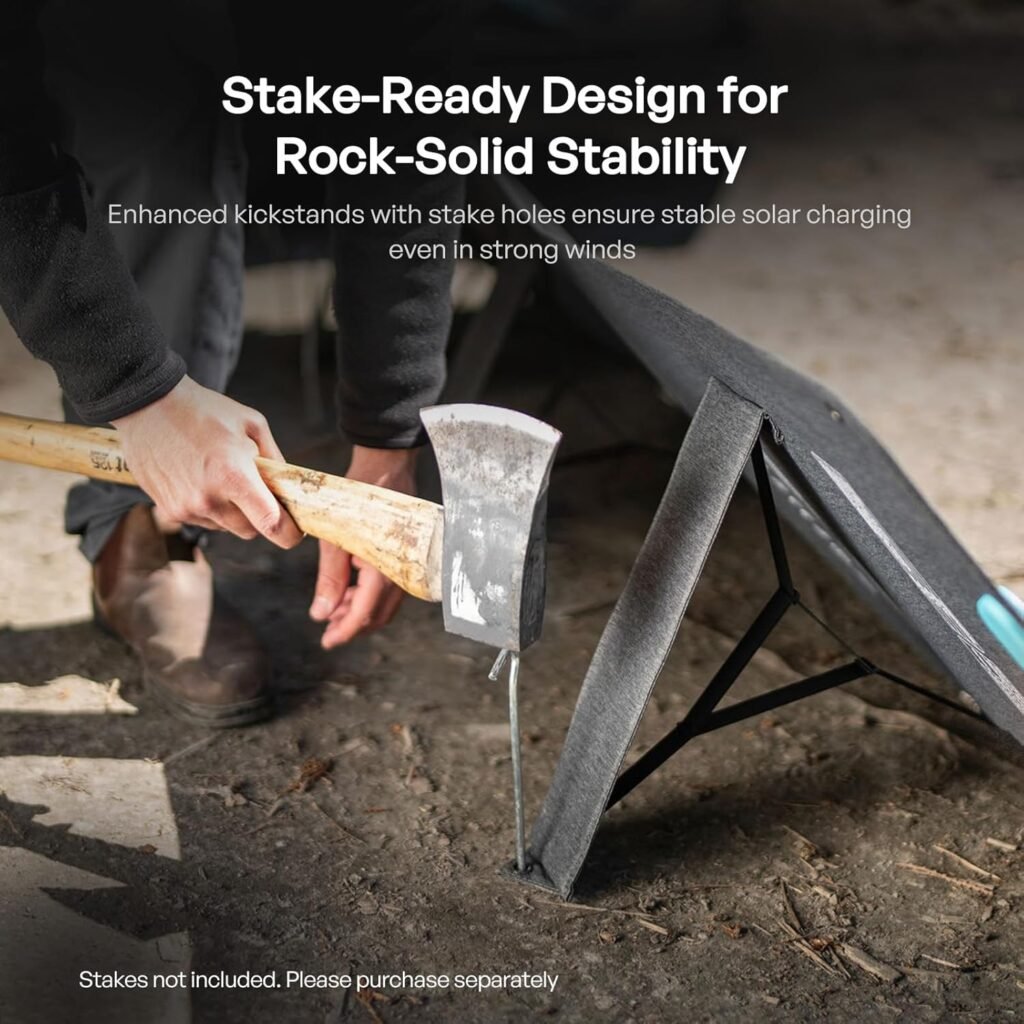Renogy 200W Portable Solar Panel review
Renogy 200W Portable Solar Panel review
Looking for a portable solar panel that balances power, weight, and real-world convenience for your RV, camping trips, or emergency kit?
Quick Verdict
You’ll appreciate how the Renogy 200W Portable Solar Panel, IP65 Waterproof Foldable Solar Panel Power Backup, Solar Charger for Power Station RV Camping Off Grid blends modern cell tech with practical features. It offers above-average efficiency, a very light foldable form factor, and multiple output ports that make it easy to charge devices and juice up power stations on the go.
This section gives you a concise sense of whether this panel fits your needs: if you value portability, better-than-standard efficiency, and easy device charging, it’s a solid pick. If you need a fully hard-mounted rooftop system with permanent installation, you might look elsewhere.
Key Specifications at a Glance
Here’s a compact specification breakdown so you can see the essentials without hunting through long product pages. These numbers come from Renogy’s product details and typical expectations for 200W portable panels.
| Specification | Detail |
|---|---|
| Model | Renogy 200W Portable Solar Panel (E.Flex style quadfold) |
| Cell Technology | 16BB N-Type cells |
| Efficiency | Industry-leading 25% (vs standard 9BB 22.5% for similar 200W panels) |
| Folded Dimensions | 23.72 x 22.99 x 1.97 in (approx backpack size) |
| Weight | 13.89 lbs |
| Outputs | MC4 (main), USB-C PD (45W max), USB-A (18W & 15W) |
| Kickstands | Four integrated; adjustable 40°/50°/60° |
| Mounting | Reinforced grommets, ground studs (add-on) |
| Protection Rating | IP65 (dust tight and water spray resistant) |
| Compatible Battery Types | AGM, LiFePO4, deep cycle; portable power stations via MC4-to-DC/XT60/Anderson adaptors |
| Closure | Magnetic handle/closure |
| Ideal Use Cases | RVs, camping, vans, SUVs, pickup truck campers, emergency backup |
This table gives you the headline data to decide if the Renogy 200W aligns with your portability and power needs.
Efficiency & Solar Performance
You’ll like the performance boost from the 16BB N-Type cell technology. With 25% efficiency, it produces more energy per square foot than many portable 200W panels that use older designs.
In practice that means the panel captures more of the available sunlight and converts it to usable electricity faster—handy when you’re limited on setup area or you face less-than-perfect weather. Expect better output in cloudy conditions and more consistent midday power.
Real-World Output Estimates
When the sun is strong and the angle is optimized, the panel can approach its 200W rating. More realistically, most days you’ll see 120–160W during good midday sun. This varies with shading, angle, and temperature.
To give examples: charging a 500Wh power station might take roughly 3–5 hours in favorable conditions; a 100Ah LiFePO4 battery (about 1,280Wh usable at 12V) would take much longer and often requires multi-day charging if relying solely on solar.
Portability & Design
You’ll notice how light and compact this panel is. At 13.89 lbs and folding down to a backpack-sized 23.72 x 22.99 x 1.97 inches, it’s one of the most travel-friendly 200W options on the market.
The magnetic handle and closure make packing and unpacking quick. The quadfold design is well-suited for tight spaces in SUVs, 4×4 rigs, or small campers where bulky panels are a hassle.
Carrying, Storage, and Weight Considerations
Because it’s significantly lighter than many traditional portable panels, you can comfortably carry it short distances without feeling like it’s a major trip burden. You’ll also find it easier to store in limited cargo space. The magnetic closure avoids wear-prone snap or Velcro systems, which helps over time.
Charging Ports & Device Compatibility
You’ll appreciate having multiple ports. There’s a USB-C PD port rated up to 45W and two USB-A ports (18W and 15W), which lets you charge phones, tablets, cameras, and even many laptops directly without an intermediary power station. The MC4 output lets you route power to portable power stations or to a 12V battery charging setup with the appropriate connectors.
This range of outputs increases your flexibility when you’re off-grid: you can top off your smartphone while simultaneously trickle-charging a battery bank.
What You Can Charge Directly
- Smartphone: charges easily via USB-C or USB-A.
- Tablet: charges via USB-C PD at good speed.
- Laptop: many modern laptops accept 45W USB-C PD — check your laptop’s PD requirements.
- Camera and accessories: USB-A/C ports are convenient for camera batteries and small gadgets.
MC4 Output & Power Station Compatibility
The MC4 output lets you pair the panel with a variety of portable power stations using MC4-to-DC or MC4-to-Anderson adapters. This gives you flexibility if you already own a power station or are planning on buying one.
If you want to charge a 1000Wh power station, expect several hours of charge time depending on sunlight and your station’s MPPT input limits. Be sure to confirm your power station’s max input and required connector type before relying solely on the panel for fast charging.
Battery Chemistry Compatibility
You can use the panel with AGM, LiFePO4, and deep cycle batteries—this is useful if you have a fixed 12V battery bank in an RV or a portable LiFePO4 power station. Just ensure your charger or controller is set up correctly for the battery chemistry to avoid damage.
Setup & User Experience
You’ll find setup straightforward: unfold, position using the kickstands, and connect. The magnetic closure speeds unfolding and folding, and the built-in accessory pouch keeps small adaptors and cables close.
Renogy includes four kickstands and offers a 3-angle adjustment (40°/50°/60°), which simplifies setting the correct tilt for better solar capture. Reinforced grommets and optional ground studs help you secure the panel in windy conditions.
Tips for Best Setup
- Aim for the panel to face true south (northern hemisphere) and adjust tilt based on season.
- Use the 40°/50°/60° options to balance portability and performance—steeper angles are better in winter.
- Keep the panel clean and free of debris; a quick wipe improves output.
- Avoid partial shading; even a small shadow can reduce output significantly.
Build Quality & Weather Resistance
You’ll like the ruggedness for outdoor use. The IP65 rating means the panel is dust-tight and protected from water jets and splashes—so sudden rain, dust trails, and accidental splashes won’t ruin your day.
The reinforced grommets, magnetic closure, and sturdy kickstands contribute to a build that feels designed for travel, camping, and general outdoor durability.
What IP65 Actually Means for You
IP65 doesn’t mean the panel is submersible. It will handle rain and dusty trails, but you shouldn’t leave it submerged or expose it to prolonged heavy downpours without shelter. For prolonged weather exposure, consider a more permanent and sealed installation.
Mounting & Stability Options
You’ll find several mounting methods available: lay it flat on the ground, prop it up using integrated kickstands, or secure it to an RV/awning with the reinforced grommets. The “small ear” design and optional ground studs add stability in windier conditions.
This versatility means you can adapt to the terrain and weather you encounter: quick setup for a picnic, secure mounting for an all-day campsite, or a semi-permanent mount on a van roof if you prefer.
Using the Kickstands Effectively
Position the kickstands so the panel’s face is free of obstructions; firm ground and the small ear design help prevent tip-overs. If you expect strong gusts, use tie-downs or anchor points on the grommets and consider adding the optional ground studs.
Practical Performance Scenarios
If you’re charging devices, a USB-C phone might get a fast top-up in less than an hour depending on battery size and sun. If you’re powering a refrigerator through a power station, expect multi-hour to day-long performance depending on fridge draw and battery capacity.
When you rely on the panel as part of an off-grid system, setting realistic daily expectations helps: in mixed conditions you might see daily energy production equal to 400–900Wh, depending on location and sun hours. In strong, consistent sun, daily output pushes toward the higher end.
Example Calculations
- Under ideal conditions (rarely sustained), 200W for 5 hours = 1000Wh/day.
- Typical mid-latitude sunny day: 120–160W average for 4–6 peak hours might yield ~480–960Wh/day.
- Cloudy or obstructed days: production can drop significantly; plan for 30–60% of ideal output.
Pros and Cons
You’ll want to weigh the strengths and trade-offs so you can decide if this panel fits your kit.
Pros:
- High efficiency (25%) thanks to 16BB N-Type cells.
- Very lightweight (13.89 lbs) and compact when folded.
- Magnetic handle/closure makes packing easier.
- Multiple outputs: USB-C PD 45W, USB-A, and MC4 for power stations.
- Adjustable kickstands and mounting options for versatile setup.
- IP65 rating gives reliable protection from dust and splashes.
Cons:
- IP65 is splash-resistant but not submersible—avoid heavy, prolonged rain exposure.
- 45W USB-C PD is excellent for many laptops but may be slow for higher-wattage models that need >60W for full-speed charging.
- Peak 200W output depends heavily on ideal conditions—expect lower average outputs.
Who This Is Best For
You’ll find the Renogy 200W Portable Solar Panel ideal if you:
- Value portability and light weight for hiking or vehicle travel.
- Want a panel that can directly charge devices as well as top up power stations.
- Need a flexible solution for RV weekends, short overland trips, or emergency kits.
- Prefer modern cell technology and higher efficiency in a foldable package.
It’s less well-suited if you need a permanently mounted rooftop array for continuous heavy loads, or if you regularly need >200W sustained power in poor weather without battery backup.
How It Compares to Competitors
Compared to many 200W portable panels that use 9BB or older cell designs, the Renogy’s 16BB N-Type cells give you an edge in efficiency and slightly better performance in low-light scenarios. The magnetic closure and the light weight are also differentiators versus bulkier options.
Competitors might offer similar wattage at slightly lower prices, but you’ll often trade off efficiency, weight, or port flexibility. If you already have a preferred power station brand, check connector compatibility and input limits before choosing this panel.
Practical Comparison Points
- Efficiency: Renogy’s 25% vs many competitors at ~22-23%.
- Weight: 13.89 lbs is lighter than many other 200W foldables.
- Ports: Built-in USB-C PD is convenient—some competitors omit PD or require extra adapters.
- Price: Prices fluctuate; the performance and features can justify a small premium for many users.
Maintenance and Care
Keeping your panel clean and stored correctly extends its life. Gently wipe the surface with a soft cloth and mild soap if it gets dirty. Avoid abrasive cleaners or sharp tools that could scratch the cells.
When storing, keep it folded and dry, and save the accessory pouch for adaptors. If you’ll store it long-term, inspect the grommets and closure for wear, and check cables and connectors periodically for corrosion or damage.
Seasonal Care Tips
- Winter: Remove snow buildup promptly to prevent physical strain; fold and store if you won’t use it.
- Rainy season: Keep the panel tilted slightly to help water runoff and avoid pooling.
- Saltwater exposure: Rinse connectors with fresh water and dry to reduce corrosion if you’re using it near the ocean.
Troubleshooting Common Issues
You’ll find most problems are simple to diagnose. If the panel isn’t producing power, check the following in order:
- Connections: Ensure MC4 or USB cables are securely connected.
- Shading: Even small shadows can cut output dramatically.
- Angle: Verify the tilt is appropriate for the sun position.
- Device compatibility: Confirm your power station accepts the input voltage/current the panel delivers.
- Inspect for damage: Look for dents, tears, or water ingress at grommets.
If you suspect a controller or power station issue, test the panel with a simple USB device to confirm whether the panel outputs power directly via USB ports.
When to Contact Support
If you notice physical damage, persistent no-output despite correct setup, or water ingress beyond normal splashes, contact Renogy support. Keep your purchase receipt and any serial numbers ready for warranty inquiries.
Accessories and Add-Ons You Might Consider
You’ll likely benefit from a few accessories depending on your intended use:
- MC4-to-DC/XT60/Anderson adaptors for power station compatibility.
- A small MPPT charge controller if you plan to use the panel with a 12V battery bank directly.
- Ground studs or extra tie-downs for windy campsites.
- A protective carry case for rough travel.
These extras increase setup flexibility and can protect your investment in the long run.
Final Thoughts
If you want a highly portable, efficient 200W solar panel that’s easy to carry and quick to set up, the Renogy 200W Portable Solar Panel, IP65 Waterproof Foldable Solar Panel Power Backup, Solar Charger for Power Station RV Camping Off Grid is a compelling option. You’ll get modern cell technology, useful onboard ports, and practical design features that make off-grid power more reliable and user-friendly.
Consider your use case: if you prioritize lightweight travel and versatile charging options, this panel will likely meet your needs. If you require a heavy-duty, always-on rooftop installation for large continuous loads, you might pair this with a larger fixed setup. Overall, this panel gives you a strong blend of portability, efficiency, and real-world convenience for camping, RV travel, and emergency power.
Disclosure: As an Amazon Associate, I earn from qualifying purchases.
